A tiny constellation in theNorthern Celestial Hemisphere, located 3,000 light-years away from Earth, is predicted to undergo a once-in-a-lifetime event. Such outbursts from T Coronae Borealis happen only about every 80 years.
Scientistsare incredibly excited for upcoming event and getting ready to spectate it, including the well knownHubble Space Telescope.
More info:NASA
“This is the one big chance you have of seeing the brightest nova of the generation”
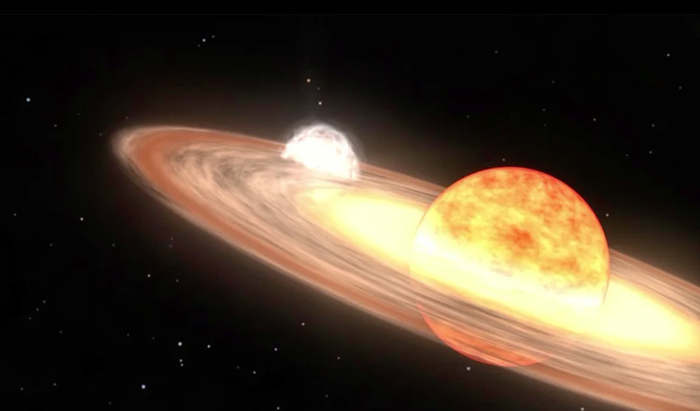
Image credits:NASA’s Goddard Space Flight Center
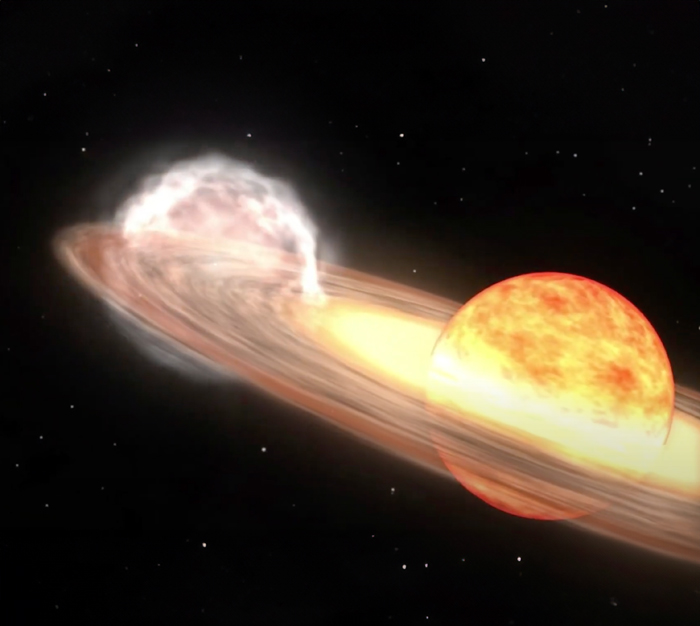
Image credits:NASA
“This is the one big chance you have of seeing the brightest nova of the generation,” saysBradley Schaefer, professor emeritus at Louisiana State University and longtime observer of recurring nova.
To prepare for such a remarkable sky event, we should get to know better theCorona Borealisconstellation.
For a once-in-a-lifetime event in the sky, we should look to the Corona Borealis constellation
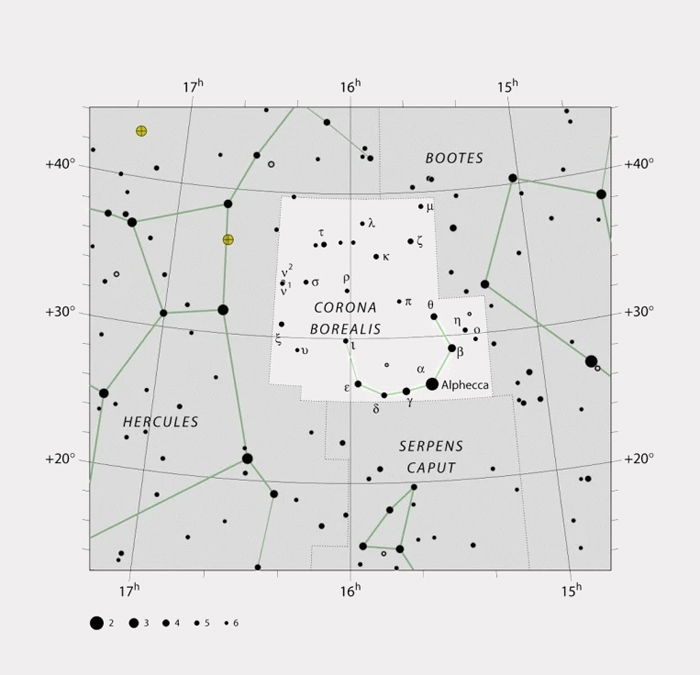
Image credits:wikipedia.org
I guess not all of usknowwhat a nova actually is; therefore, here’s some explanation.
A nova is any of a class of exploding stars whoseluminositytemporarily increases from several thousand to as much as 100,000 times its normal level: it’s the temporary brightening of a star before it fades again.
A nova reaches maximum luminosity within hours after its outburst and may shine intensely still for several days or occasionally even for a few weeks. After that, it slowly returns to its former level of luminosity. To observers, such objects may appear to be new stars; hence the name nova, which in Latin means “new.”
It’s common to observe novas occuring in double-star systems and T Coronae Borealis is such a system as well. It consists of two stars orbiting each other. Both members of such a system, commonly called a closebinary star, are aged: one is ared giantand the other awhite dwarf.
The stars are close enough that as the red giant becomes unstable from its increasing temperature and pressure and begins ejecting its outer layers, the white dwarf collects that matter onto its surface. This causes the atmosphere of the white dwarf to heat up, producing the increased brightness that we see as a novafrom Earth.
The main sub-classes of novas are classical novas, recurrent novas, and dwarf novas. They are all considered to becataclysmic variable stars.
A nova, contrary to a supernova, which marks the end of a star’s life, does not destroy the white dwarf. Instead, it merely expels the outer layers of accumulated material, allowing the process to potentially repeat.
Astronomers estimate that the Milky Way experiences roughly 30 to 60 novas per year and they are relatively common in the Andromeda Galaxy
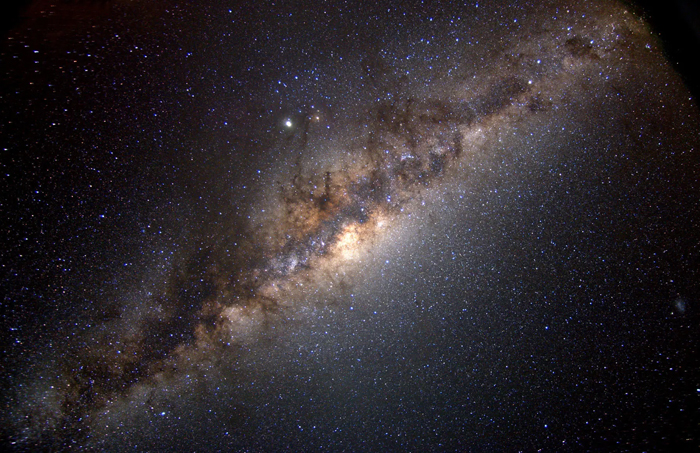
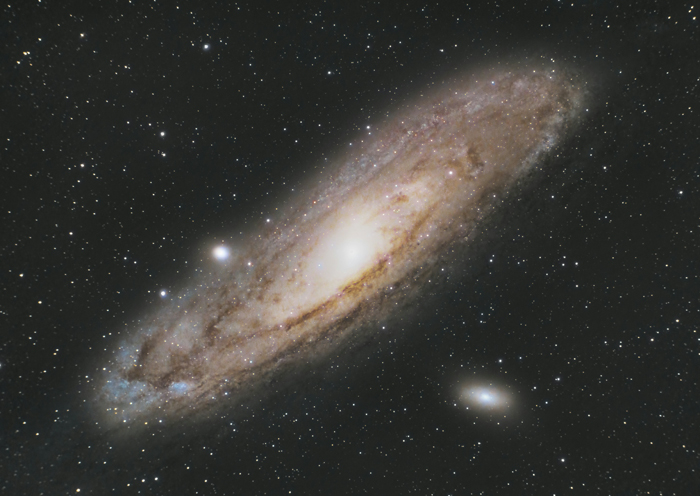
Image credits:Ahmad Basem
“Most novas happen unexpectedly, withoutwarning,” said William J. Cooke, NASA Meteoroid Environments Office lead. “However, T Coronae Borealis is one of 10 recurring novae in the galaxy. We know from the last eruption back in 1946 that the star will get dimmer for just over a year before rapidly increasing in brightness. T Coronae Borealis began to dim in March of last year, so some researchers are expecting it to go nova between now and September. But the uncertainty as to when this will happen is several months – can’t do better than that with what we know now.”
In case youwill missT Coronae Borealis’ burst in the sky, here are several more astronomical events that will occur this year:

Image credits:Pavel Danilyuk
Since there’s no exact day and time when we’ll be able to see the outburst from T Coronae Borealis, I highly recommend looking up to the night sky as often as possible because as Sanober Khan once said:
“Maybe life is all about twirling under one of those midnight skies,
Cutting a swathe through the breeze
And gently closing your eyes.”
People on the internet shared their happiness about the upcoming new star












Science & Technology